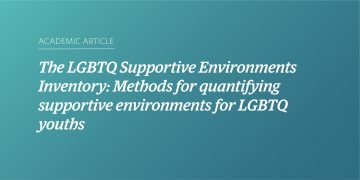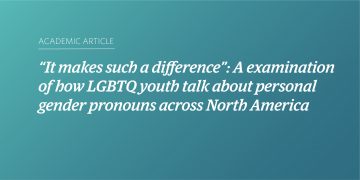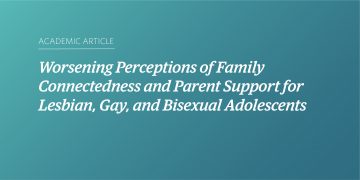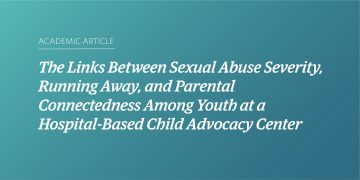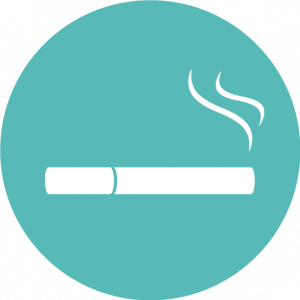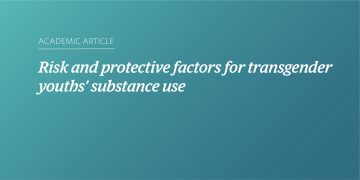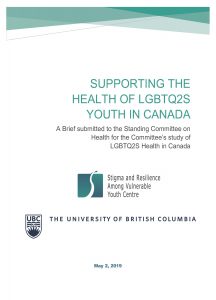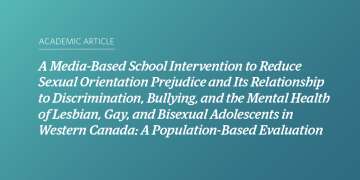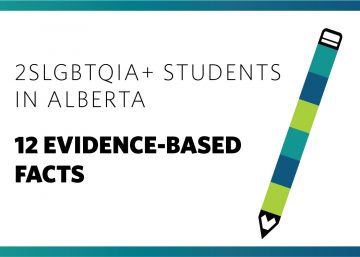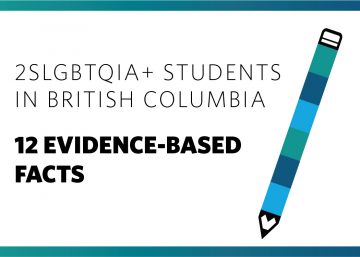The LGBTQ Supportive Environments Inventory: Methods for quantifying supportive environments for LGBTQ youths
Abstract The social environment in which lesbian, gay, bisexual, transgender, and queer (LGBTQ) youths live influences health and well-being. We describe the development of the LGBTQ Supportive Environments Inventory (LGBTQ SEI), designed to quantify the LGBTQ-inclusiveness of social environments in the United States and Canada. We quantify aspects of the social environment including: (1) presence/quality […]
“It makes such a difference”: A examination of how LGBTQ youth talk about personal gender pronouns across North America
ABSTRACT Background and purpose: The World Health Organization has developed standards for youth-friendly health services to support adolescents and encourage health care utilization among youth. Necessary building blocks for youth-friendly care include strong interpersonal relationships between youth and health care providers. Nurse practitioners (NPs) may be particularly well positioned to form these relationships. This study […]
Worsening Perceptions of Family Connectedness and Parent Support for Lesbian, Gay, and Bisexual Adolescents
Abstract Objectives Lesbian, gay, and bisexual (LGB) adolescents often report compromised relations with their families. Given the recent changes in societal attitudes toward LGB individuals, in respect to rights for marriage and other legal statuses, we explore whether or not there has been a change in how LGB and heterosexual adolescents perceive their family relations […]
The Links Between Sexual Abuse Severity, Running Away, and Parental Connectedness Among Youth at a Hospital-Based Child Advocacy Center
Abstract Purpose Runaway adolescents often have strained relationships with their parents. Given parental support is an important protective resource for traumatized young people, understanding differences in support within parent–adolescent relationships could aid in designing more effective interventions. We hypothesized (1) runaway adolescents seen at a Child Advocacy Center (CAC) would have poorer parental relationships than […]
Supportive families and schools help prevent substance use among transgender youth
Trans youth in Canada face high levels of violence, and this can contribute to substance use. However, research at SARAVYC showed that even when transgender youth experience high levels of violence or discrimination, a supportive family and safe school can make a difference. Specifically, strong family and school connections are helping prevent transgender youth from […]
Risk and protective factors for transgender youths’ substance use
Abstract Research at the intersection of substance use and protective factors among transgender youth is scarce; emerging evidence suggests high risk for substance use for transgender youth. We analyzed data from 323 transgender youth aged 14–18 ( M age = 16.67) to investigate the extent that risk (enacted stigma) and protective factors (support from family, school, friends) […]
Supporting the Health of LGBTQ2S Youth in Canada
The federal government invited briefings regarding the health of LGBTQ2S+ Canadians. As a research centre dedicating to improving health equity among stigmatized and vulnerable youth, we recognized this as a vital opportunity to contribute our expertise and draw attention to the specific needs of LGBTQ2S+ youth in Canada.
LGBTQ+ Students in Alberta: 12 Evidence-Based Facts
This fact sheet presents research findings about 2SLGBTQIA+ youth and their cisgender and heterosexual peers in Alberta, Canada, and beyond.
LGBTQ+ Students in British Columbia: 12 Evidence-Based Facts
This fact sheet presents research findings about 2SLGBTQIA+ youth and their cisgender and heterosexual peers in British Columbia, Canada, and beyond.
